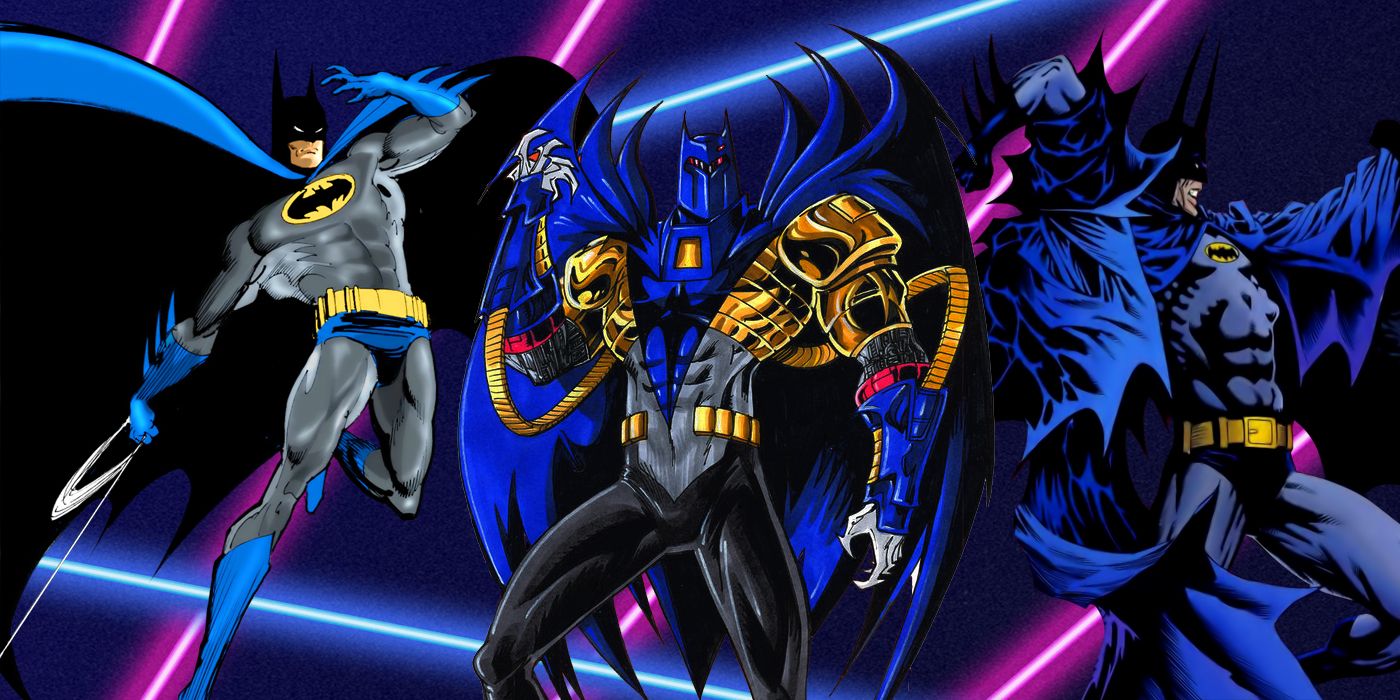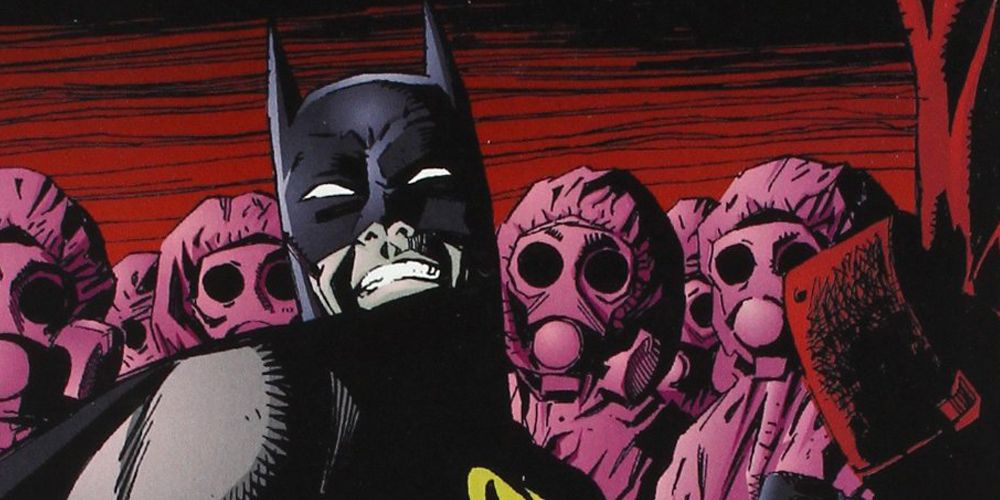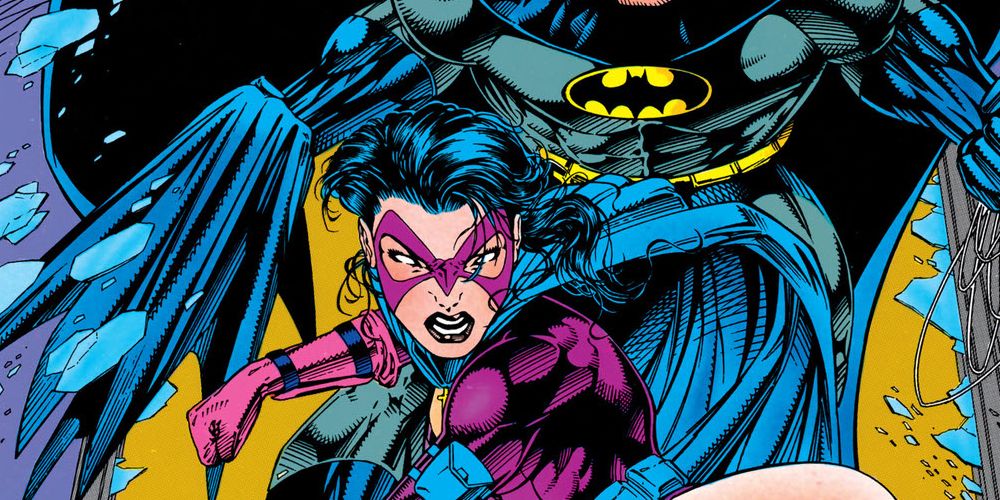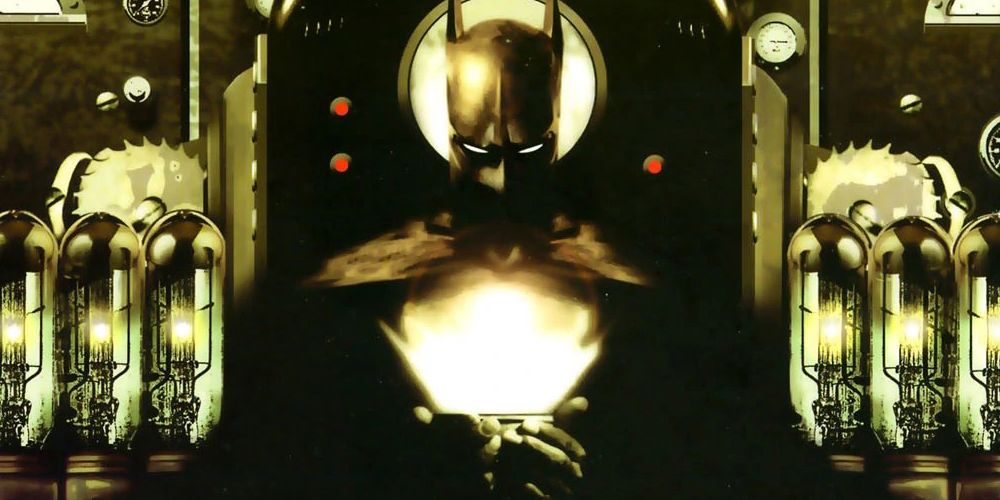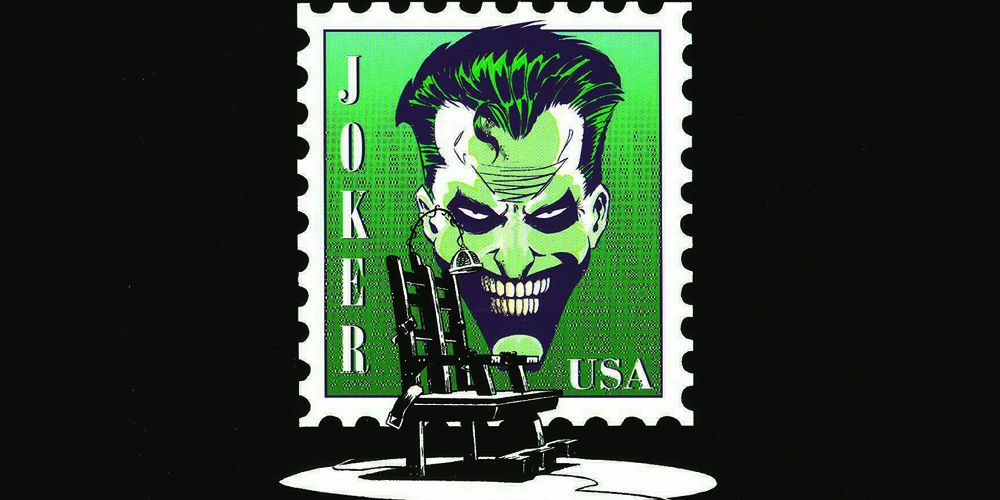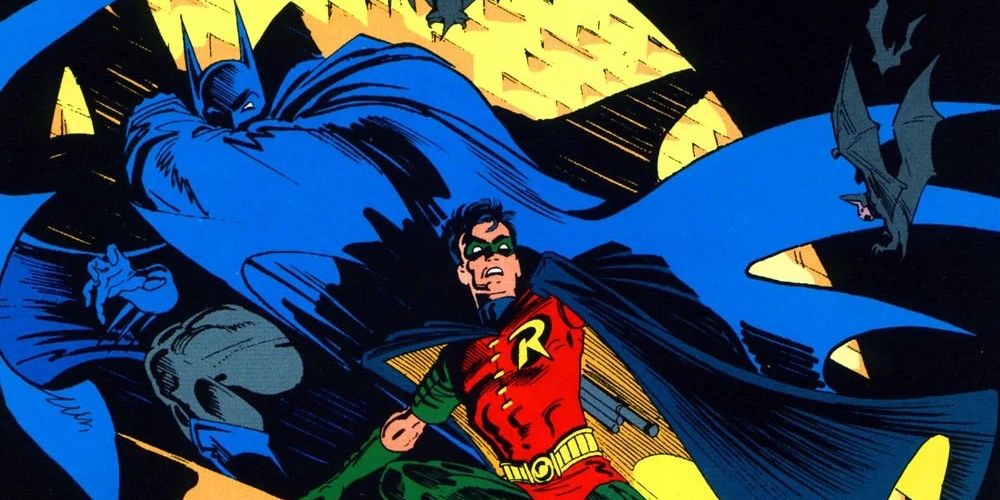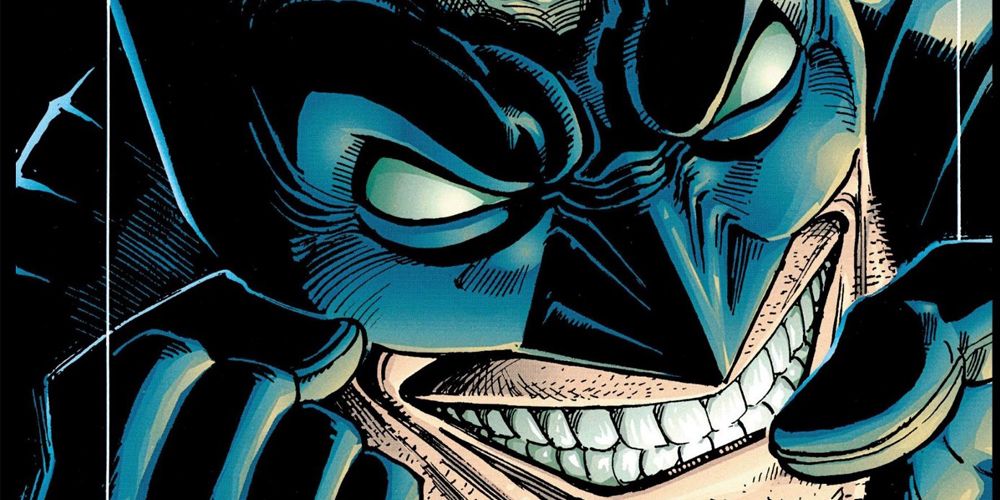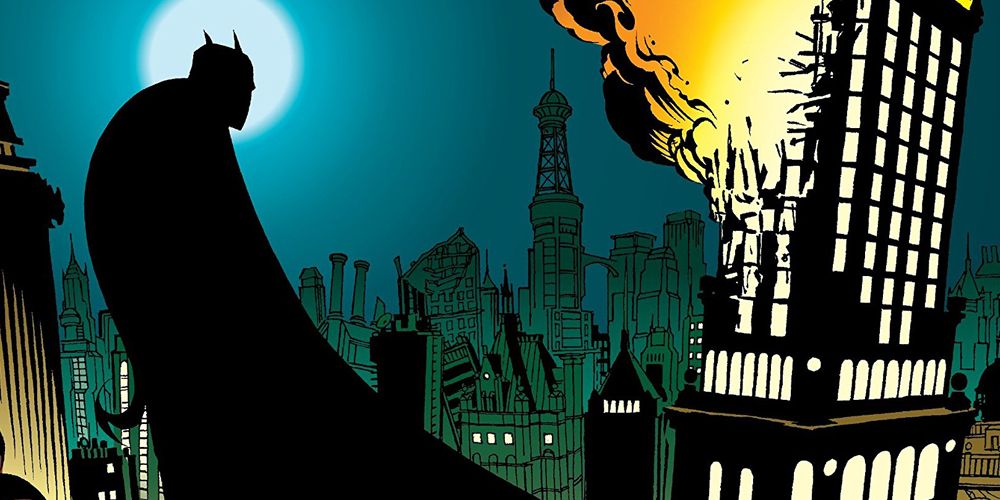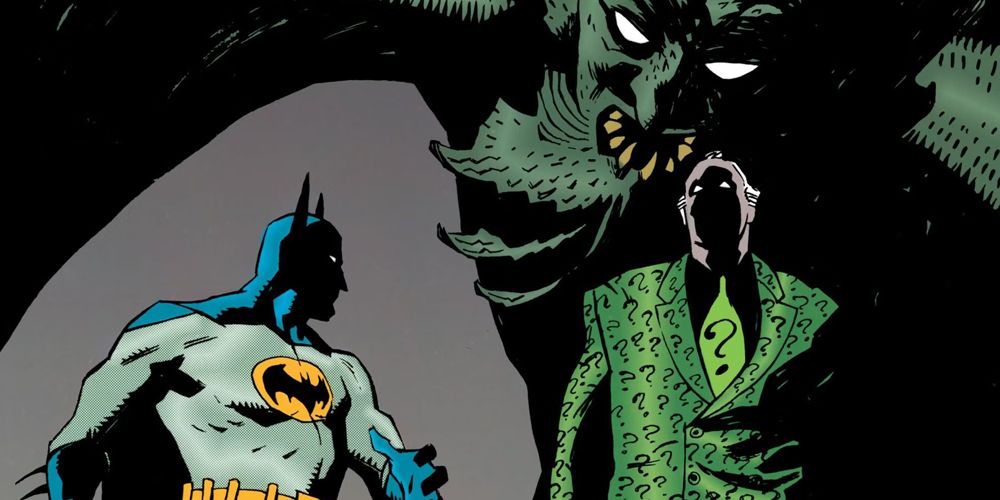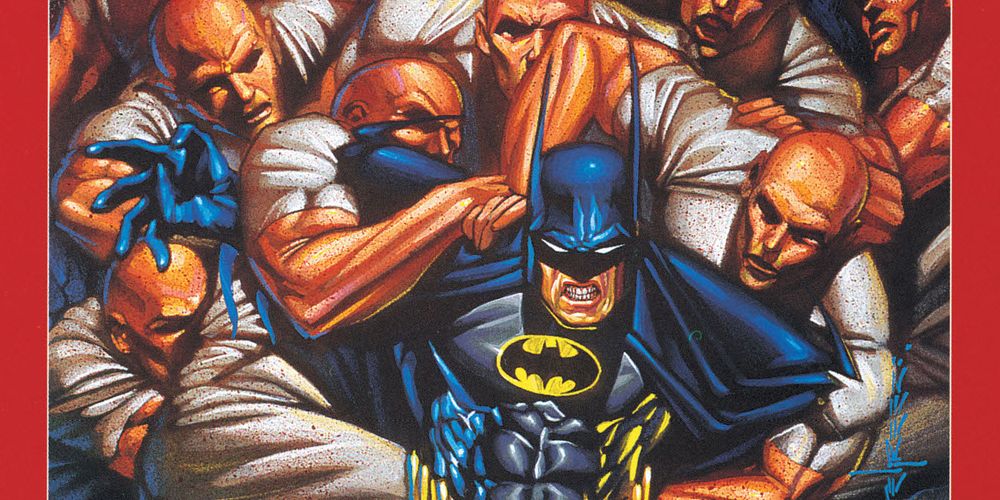In the early 1990s Batman was coming off of a decade that had produced some of his most iconic stories, including Arkham Asylum: A Serious House On Serious Earth, Batman: The Killing Joke, and A Death in the Family. Despite all of Bruce's riches, he still couldn't stop his life from falling apart in these stories.
In the real world, the '80s was thought of as the decade of the "Me" generation, filled with excess and opulence, and the '90s was a decade of relative calm, dedicated to changing the inner self. This was true in Gotham City as well, where there was prosperity at home, relative peace abroad, and dropping crime rates. While the real world was learning from its mistakes in the '80s, so was Batman.
9 "Contagion" Taught Batman How To Reach His Full Potential
In the '90s, Batman was hit with one major catastrophic event after another. This started with Knightfall, then Zero Hour, and Underworld Unleashed put Batman's courage to the test. After these disasters, Gotham City was inexplicably hit with a deadly virus in Batman: Contagion. The disease caused excruciating pain and death within 48 hours. It was a deadly threat that almost consumed Robin.
Contagion shows Batman fighting a battle he can't win with his fists. The only way Bruce can help Gotham is by letting go of fear, so he can begin his road toward self-improvement. Contagion was created by Alan Grant, Chuck Dixon, Christopher Priest, Dennis O'Neil, Doug Moench, and Garth Ennis.
8 Batman Set Boundaries With The Huntress
Detective Comics #652 & 653, created by Chuck Dixon, Graham Nolan, Scott Hanna, and Adrienne Roy, was one Batman's first team-ups with Huntress post-Crisis on Infinite Earths. After Crisis, Huntress was reimagined as a mafia princess who became a loose cannon vigilante, avenging her family's murder by another mob family.
Taking place four years after Jason Todd's death, when Batman is still learning to trust another sidekick with an angry streak. This tale is an example of Batman learning from the mistakes he made when he let Jason become Robin. It's hard to grow after traumatic experiences but Batman found the strength to try.
7 Batman Learned He Was Bruised But Not Broken
Batman: The Chalice began with the unlikely revelation that Bruce Wayne was a hereditary guardian of the Holy Grail. Taking place soon after Bane broke Batman in Knightfall, the still struggling Dark Knight faces Ra's al Ghul, Catwoman, and a zealous cult who all seek to claim the Grail.
In this story, Bruce is still building back his confidence in himself, and Chalice shows Batman finding faith in himself. He lost a lot in Knightfall, but in this tale by Chuck Dixon and John Van Fleet, he remembers who he really is.
6 '90s Batman Cultivated A Growth Mindset
In The Joker: Devil's Advocate, by Chuck Dixon, Graham Nolan, Scott Hanna, and Pat Garrahy, Joker is arrested for a series of poisoned stamp-related murders. Unsurprisingly, the DA pushes for the death penalty. However, the Joker almost always embraces his crimes and when he won't confess, this anomaly attracts Batman's interest.
Of course, the Joker was innocent of these particular crimes, and Batman believes he should not be punished for what he did not do. Devil's Advocate shows Batman embracing compassion and accountability even after the Joker shot Batgirl and killed Jason Todd.
5 '90s Batman Learned To Think Beyond Fear
Batman #465, by Alan Grant, Norm Breyfogle, Steve Mitchell, and Adrienne Roy, kicks off the new Robin's (Tim Drake) first official night out on patrol. He and Batman come across two kids from the educational program Bruce sponsors trying to rob a store. When asked what to do, Robin thinks scaring them off their current path makes more sense than arresting them.
Batman is impressed by Robin's judgment. Bruce Wayne visits the two teenagers and offers them jobs at Wayne Enterprises. While this story is more about Robin, it shows how the Dark Knight is trying to improve himself. He made the mistake of not listening to Dick Grayson and Jason Todd but he gives his relationship with Tim a healthy start.
4 At His Most Injured, Exhausted, And Hopeless, Batman Is Still Enough
Batman: Venom, by Dennis O'Neil, Trevor Von Eeden, Russell Braun, and Jose Luis Garcia Lopez, is a complex tale of addiction and redemption. In Venom, Batman fails to save a young girl from drowning when a large rock gets in his way. He realizes he's just a man and while his training and gadgets help him compensate, he's consumed by insecurity. To make himself a better hero, he starts taking the strength-enhancing drug Venom.
This is a story about drug abuse and recovery but it doesn't end there. It's a story about how even as an "ordinary" man, Batman is enough. Sometimes he fails but that doesn't mean he isn't enough.
3 Even Cut Off From The World, Batman Persevered
After the events in Batman: Cataclysm where an unprecedented earthquake toppled Gotham, the City was cut off from the rest of the world and devolved into lawless chaos in Batman: No Man's Land. Luckily, Batman and some of the GCPD stuck around to win back the city. Unfortunately, Batman's villains stuck around too.
After the quake, Batman was cut off from Wayne Enterprises, his cave, his mansion, Blackgate prison, and Arkham Asylum. Despite it all, Batman spread hope, gave strength, and persevered when he was at his most isolated and vulnerable.
2 In Control Of His Life Despite A Millennia Of Machinations
In Batman: Dark Knight, Dark City, by Peter Milligan and Kieron Dwyer, the ancient demon Barbatos manipulated the Riddler to get to Batman by acting out six disturbing rituals. Barbatos explains that he is the spirit inside Gotham, and claims he created Batman to one day release his spirit into the world.
Batman decided that it didn't matter if a demon somehow inspired him. His experiences were real and they made him who he is. By understanding that his life is his own, Batman is able to retain control over his own destiny.
1 Batman At His Most Capable Without His Gadgets
The first four issues of Batman: Shadow of the Bat, Alan Grant, Norm Breyfogle, Bret Blevins, Dave Taylor, and Mark Buckingham, focused on Jeremiah Arkham rebuilding Arkham Asylum and setting his sights on rehabilitating The Batman. Believing that Batman killed a cop during an investigation, Arkham has Batman committed and subjects him to a deep and cruel psychological evaluation.
However, this turned out to be a setup. Batman was actually undercover in Arkham, trying to learn how Zsasz was escaping and murdering people. Batman's cunning and fortitude here demonstrated his self-possession and mindfulness. Even without his advanced technology, Batman understood that Arkham held no horrors for him. It was the kind of earned self-confidence few people have.

